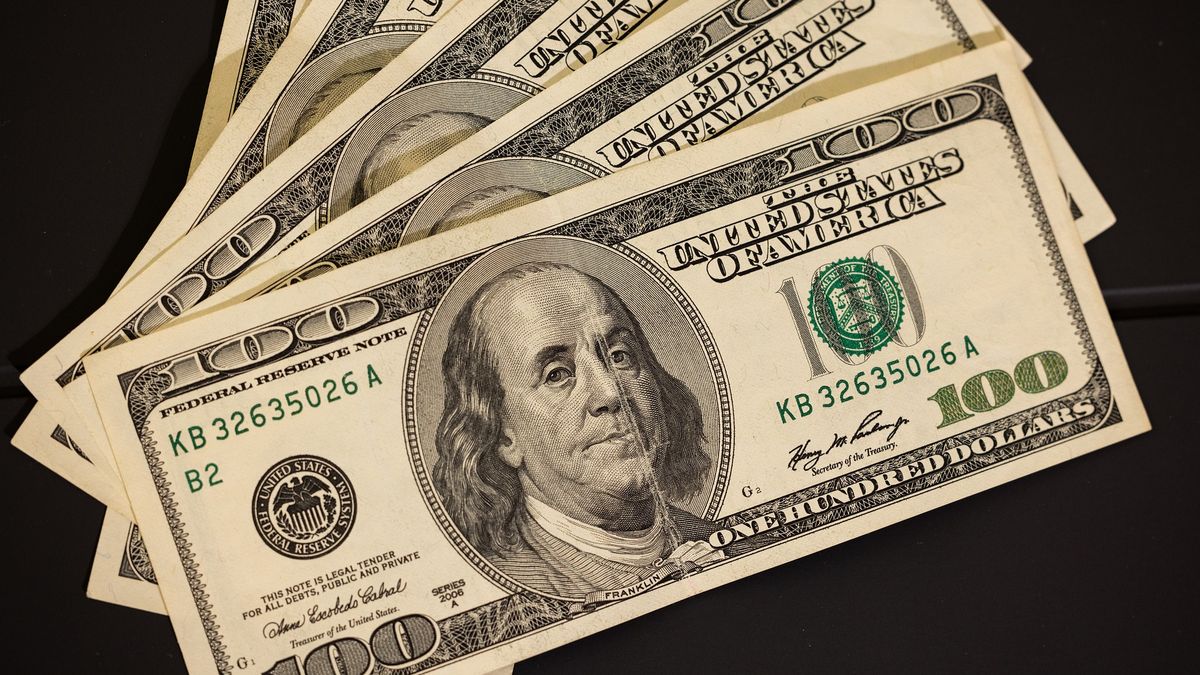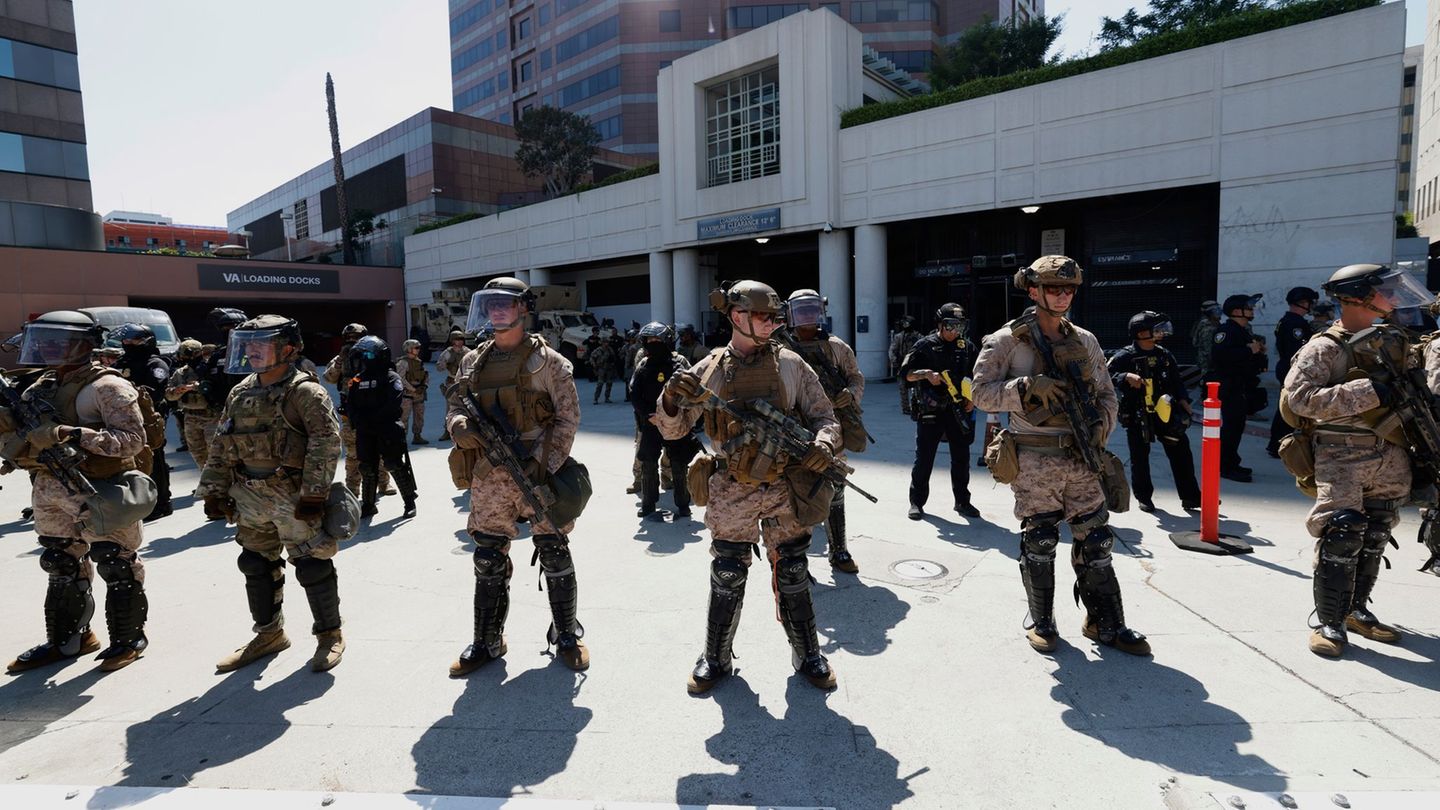“The market took the deal very well. Particularly, it seems to me that it is logical, it has numbers that can be met. He reacted accordingly, perhaps because he was focused on the fact that there was going to be no payment.” said the economist Christian Buteler consulted by Ambit.
In the same vein, it coincided Sebastián Menescaldi, associate director of EcoGo: “The euphoria of parallel dollars on Friday shows that they will continue to be down but any complication in the world can leave us at risk. The gap is lowered by the agreement, but the reserves are low”. At the same time, he expressed his misgivings about the Central Bank’s actions from now on: “It will probably have to make a greater restriction to sustain reserves in the short term.”
In a press conference at the Palacio de Hacienda after the announcement of the understanding, the Minister of Economy, Martín Guzmán, rejected that an exchange rate jump is planned and raised a goal for 2022 of growth in international reserves of US$5,000 million. In principle, the search will be to strengthen the reserves at the same time that the daily “mini-devaluations” will be maintained. In this way, the Government is confident that the foreign exchange market will be less erratic by dissolving one of the most important dilemmas that pressured the economy.
“There are things that I don’t know how they are going to resolve: they have a question about how they are going to make the fiscal adjustment and the dollar account continues to be complicated by the drought and a more complicated international context,” Menescaldi explained.
Lorena Giorgio, chief economist of the consulting firm Equilibra, stated that the agreement a priori “seems achievable” but estimated that the Central Bank (BCRA) commanded by Miguel Pesce, will have to make some more adjustments to the exchange rate. “Although a sudden jump was ruled out, we contemplate that some adjustment will have to be made, especially due to the goal of accumulation of reserves of US$5,000 million. It was a first step in the right direction that prevented the outbreak.
In the short term, Ricardo Delgado, president of Analytica also trusts that there will be no sudden devaluations and gives a more optimistic outlook in the short term: “The accumulation of reserves is very feasible, especially if the Fund disburses the payments made between September and February. That is going to swell Central’s reserves and it’s a good way to start”. In turn, he stated that the trade surplus obtained in 2021 will not be repeated in 2022 and “will fall” but will contribute to meeting the objective.
In search of balance?
As for the dollars, Lorena Giorgio, referred to what the exchange outlook will be in the coming weeks: “Surely this initial reaction will later end up moderating and there is a good part of the rise in January 2022 that was not due to the uncertainty surrounding the agreement but a matter of seasonality of the demand for pesos that is positive in December and reverses in January and February. All those surplus pesos issued in December put pressure on the gap,” he added and pointed out: “They will continue to fall but they will not return to the levels of December 2021.”
Along the same lines, Christian Buteler defined what happened on Friday as a “correction” and estimated: “Dollars may drop a couple more pesos, but the underlying trend is upward. If you have an inflation of 3.5% per month, we cannot claim an exchange rate in equilibrium. The increases of 10% are not balanced either.
Source: Ambito
David William is a talented author who has made a name for himself in the world of writing. He is a professional author who writes on a wide range of topics, from general interest to opinion news. David is currently working as a writer at 24 hours worlds where he brings his unique perspective and in-depth research to his articles, making them both informative and engaging.




